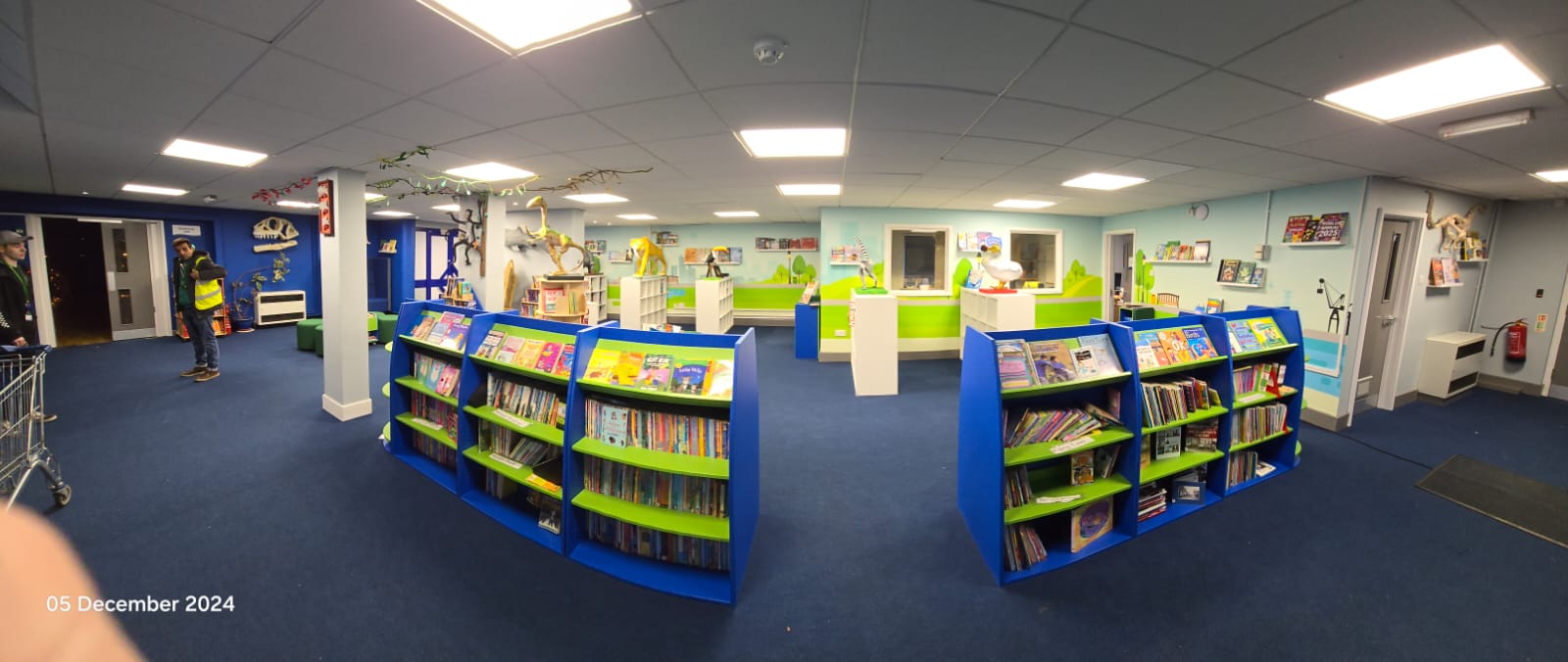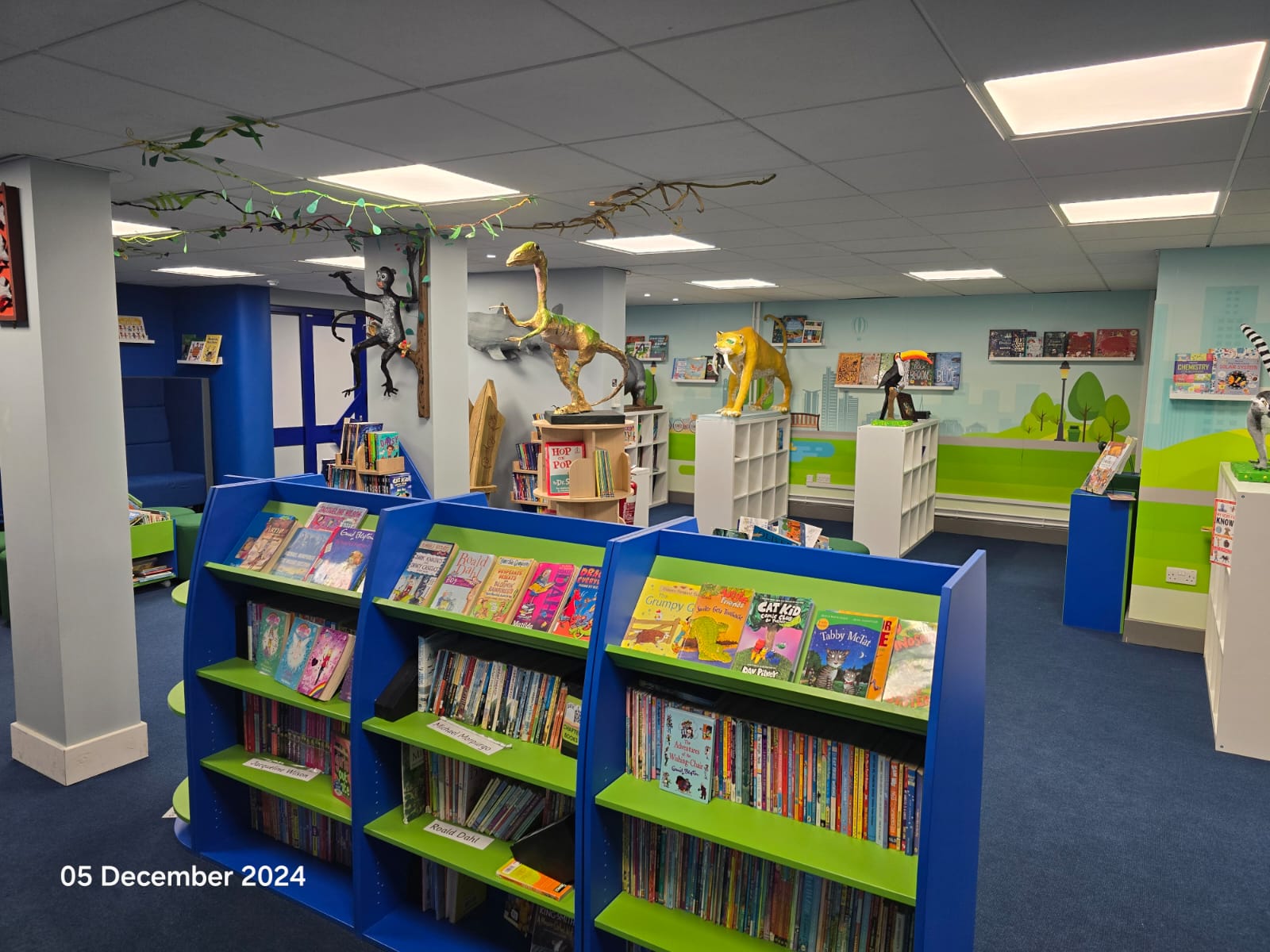ENGLISH
Reading at VALENTINE
We teach whole-class reading sessions to all pupils from Reception through to Year 6. The reading lessons develop the child's ability to read for meaning whilst prompting pupils to think deeply about the texts we have chosen for them to read.
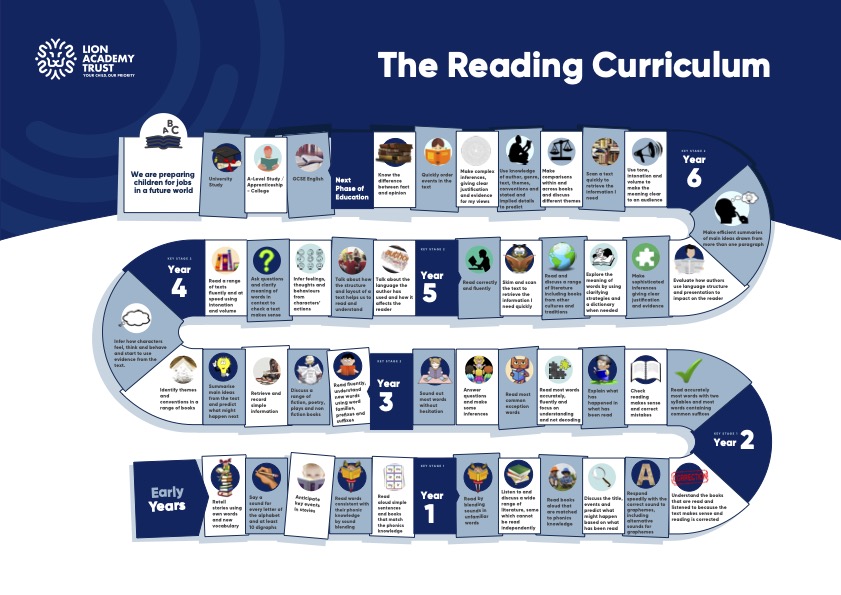
Our whole-class reading sessions:
- Are not carousel activities without purpose. Each lesson has a specific focus with a learning intention and success criteria. The LI is woven around one of the content domains and the reading skill in focus.
- Incorporate reading! As silly as it sounds, some learning experiences can be removed from the subject at hand. At Valentine each reading lesson includes children being read to (shared read) and some independent reading to practise the skill.
- Are pitched using a text that sits above the average reading age of the pupils in the class. Therefore whilst we know that some children may find the text difficult to read independently, we are still exposing all children to rich and deep vocabulary.
Celebrating reading
All children are encouraged to read beyond the remit of our daily homework. Our 'Get Caught Reading' approach encourages all children - in every phase - to engage in reading out of the context of their home learning.
READING ACROSS THE CURRICULUM
In line with the 2023 DfE Guidance for Schools the reading curriculum incorporates a daily 15 minute 'read to' session for all pupils. This ensures that every child at Valentine hears a story read to them to ensure that modelling of intonation, clarity of vocabulary and fluidity of applying reading skills are clear.
To ensure that children read often and more widely since September 2023, we ensure that at least 2 lessons per week enable children to study subject content from across the curriculum. This enables teachers to hone in on stylistic aspects of different texts (source material, non-fiction texts, poetry) and to weave these into subject study.
In addition we are clear on the types of reading we expect children to do through the curriculum including:
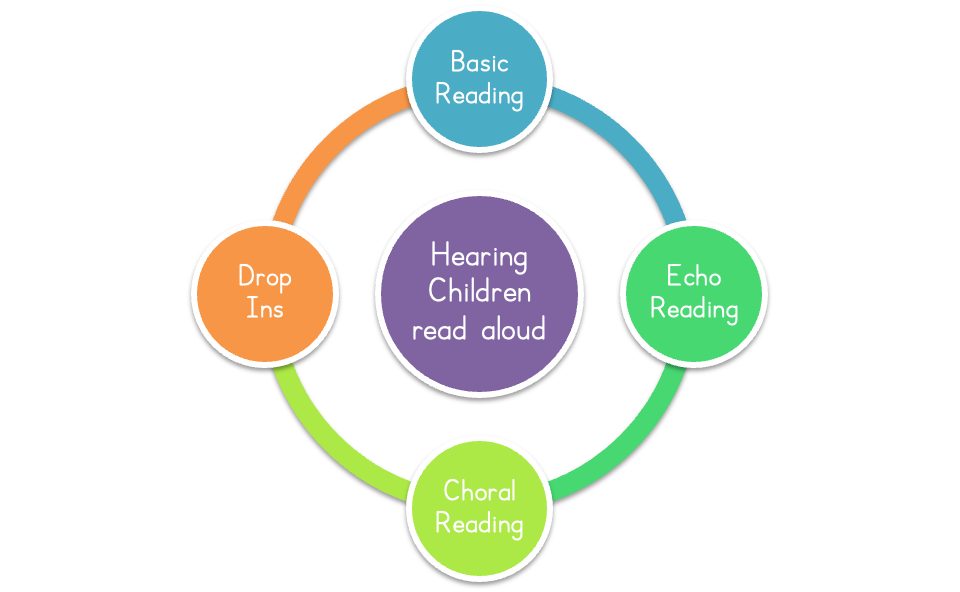
DIGGING DEEPER
Finally, we expect children to learn how to apply skills and knowledge in reading through digging deeper into the text. We use the onion analogy for staff and pupils - supporting learners to:
- Understand that the literal layer is the basic level of understanding of a text.
- This is followed by the character, behaviours of character, motive and plot. Which are the mid-layer of understanding meaning from the text.
- Finally the core - or bottom layer - is authorial intent. WHY has the author chosen to present a character in this way? What does the author want us to think/feel?
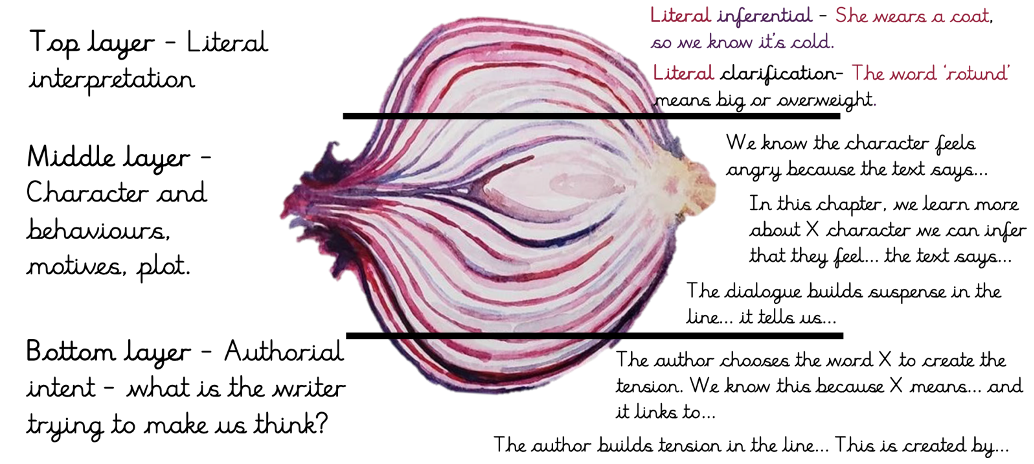
CHOOSING APPROPRIATE FICTION FOR PLEASURE
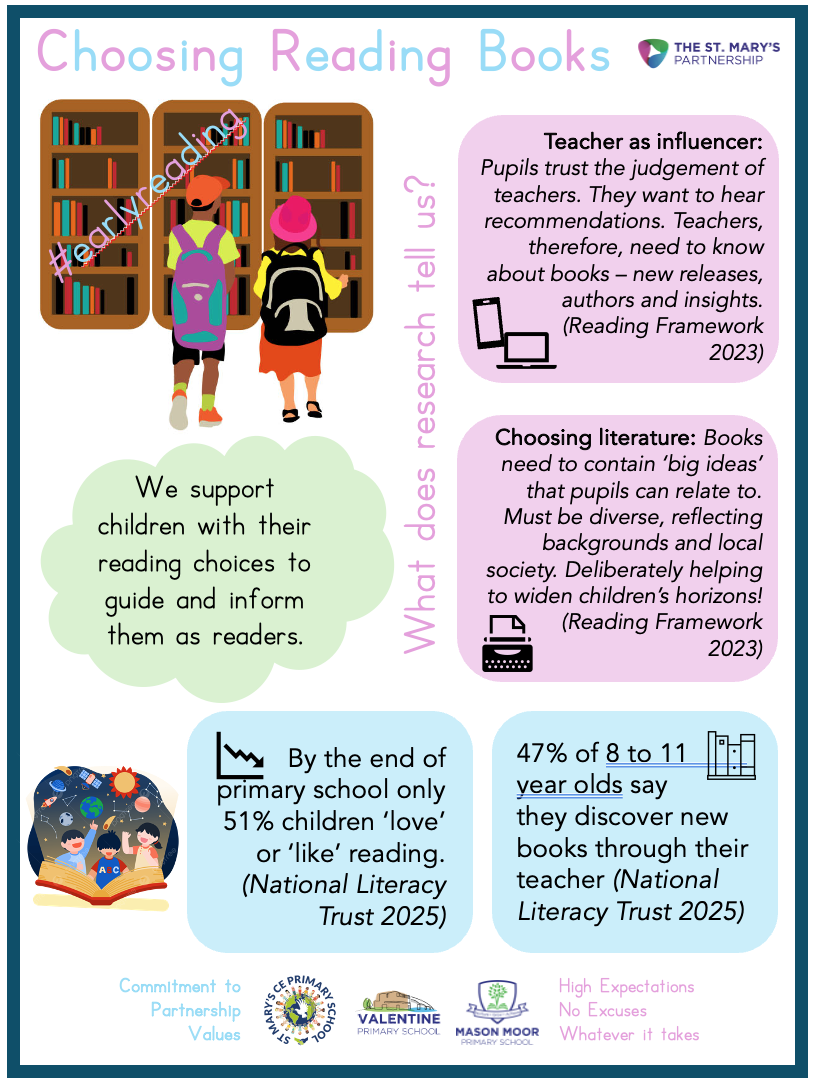
Writing at VALENTINE
At Valentine we believe that a reciprocity between reading and writing teaching is vital to support pupils in their journey to become authors who can write for a variety of purposes.
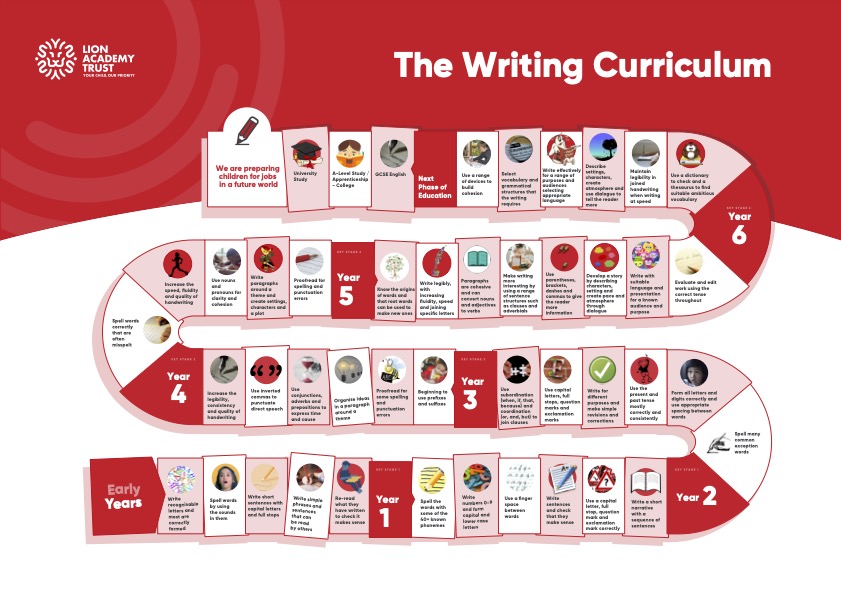
Our pedagogical model is based on the principle of modelled instruction - using:
- I DO (a model created by the teacher for the children to un-pick literary devices, skills and knowledge),
- WE DO (a shared model co-produced by the children and the teacher where ideas can be elicited and displayed for all to see - demonstrating understanding of the skill taught).
- YOU DO - the independent application/practise of the skill by the child.
We always teach writing 'in context'
Why is this important? Our pupils need to connect ideas/schema over time. Teaching unrelated content in an illogical sequence prevents pupils from knowing and remembering more. What does this mean? We do not teach grammar or punctuation skills that may be appropriate to the year group but are disconnected to the current audience/purpose of writing.
Further, we expect teachers to think carefully about how to embed the knowledge and skills being taught - rather than using commercial worksheets or poorly sequenced learning derived from other sources.
We know that for our children to be confident writers who are able to sustain the interest of the reader - they need a rounded knowledge of HOW writers hone their craft and to have opportunities (regularly) to practise these skills.
Teaching writing - the process
The process of writing extends beyond simply teaching transcriptional, compositional and grammatical devices. Children need to understand audience, purpose and form - and to do this we need to present and engage them with a process of teaching that mirrors that of a writer.

Our process for teaching writing considers:
- Context, purpose and audience - why are we writing this? Who will read it? What is it for?
- Immersion - complete immersion in texts, extracts and narratives that set alight the child's curiosity, brings to life vocabulary
- Understanding conventions - seeing the writing THROUGH the eyes of the writer. Considering the author's decision-making and the effect/impact on the reader
- Establishing structure - ensuring pupils have a clear view of the structure of a text so that they can emulate and manipulate it to ensure their own is clear and effectively structured.
- Inserting content - once immersed in quality text models they should begin to plan their own content using these experiences. We advocate a box-up technique to identify key themes and ideas for paragraphs - mapping out the text so that the child can talk confidently about their writing.
- Oral rehearsal - a child needs to internalise their text to really 'know' it before beginning to write/record. Oral rehearsal supports the child in remembering content so that they can focus their working memory on grammatical devices and features they want to include. What a child can SAY, they can WRITE.
- Recording (writing) - the easiest part if the process has been followed and pupils have a well-planned and structured text. We remind pupils that the first draft is the starting point. Once on paper, they can embellish and improve it until they are happy with the finished product.
- Editing - this can take many forms but is often the phase that children find the most challenging. Editing is a layered process, which takes time to result in a finished outcome. It is impossible to edit everything at once.
- Evaluation - should provide pupils with an opportunity to comment on how effective their work was in fulfilling the 'brief'. The best evaluations include comments/feedback from the intended audience (e.g. the headteacher reading a letter to addressed to them and evaluating the work). Evaluation is not about writing skills and literary strategies alone - the evaluation should include whether their writing had the desired effect on the audience.
how do teachers plan writing lessons?
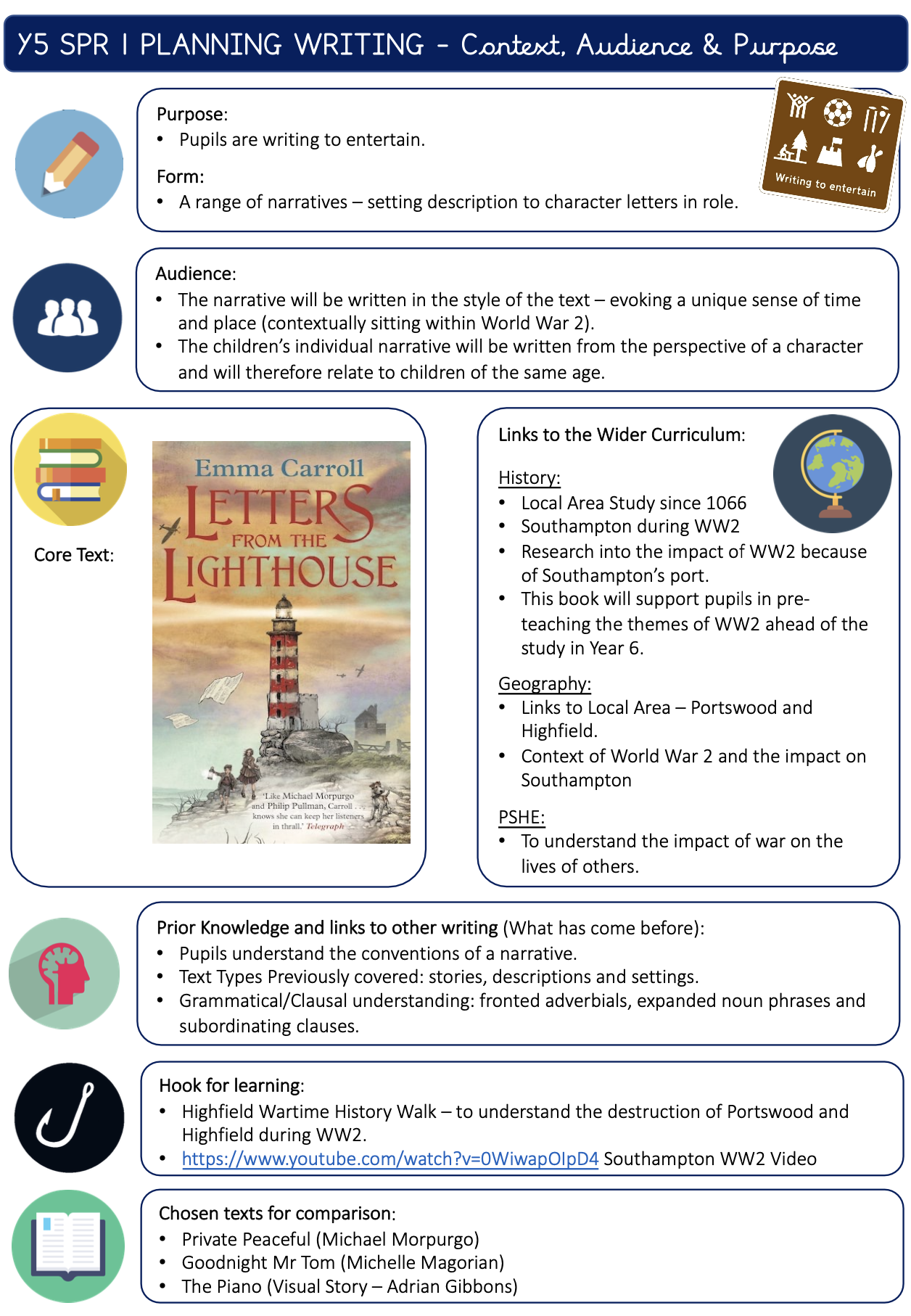
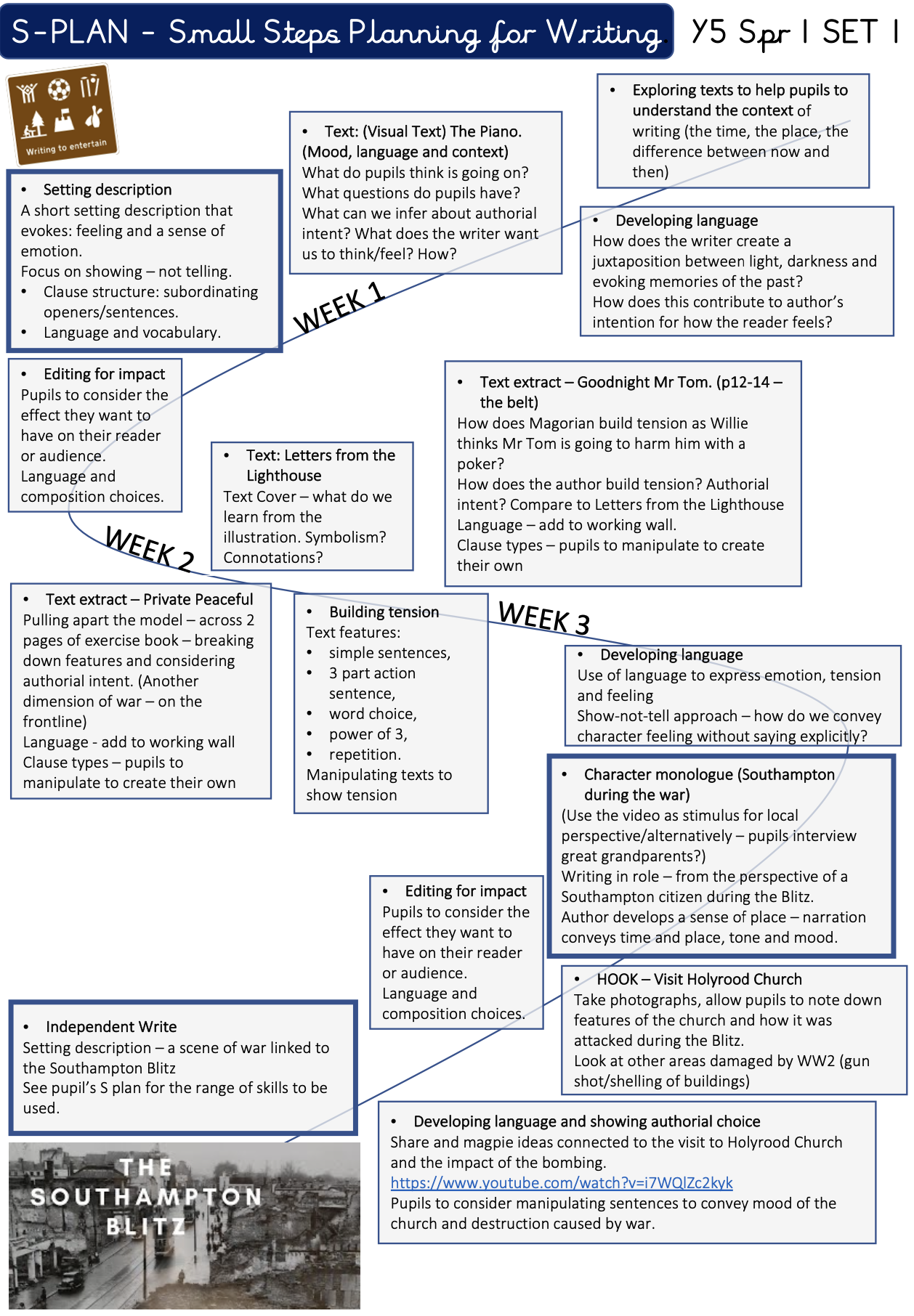
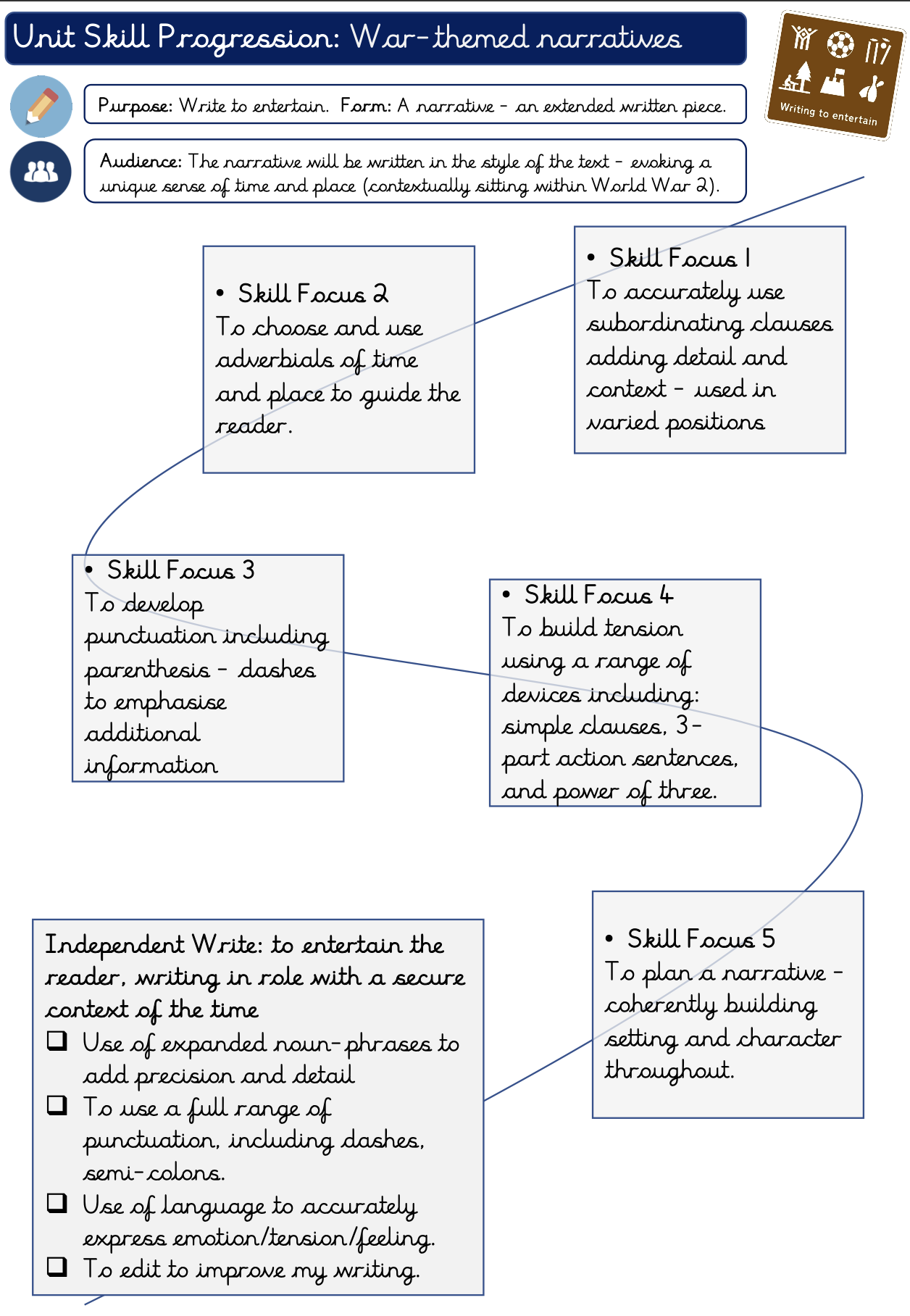
We advocate the 'small steps' planning - ensuring that teachers consider the 'journey' of writing rather than simply focusing on skills and knowledge development in isolation.
The small steps approach encompasses three elements:
- The context for writing - with teachers carefully considering the Purpose, Audience and Form. There could be more than one purpose/audience as the component unit develops.
- The small steps - this is the individual steps the teacher will take to immerse and develop the pupils' knowledge and skills as the component unit progresses. This process considers the pupils' abilities, prior knowledge and deficit in understanding.
- The child's journey - the skills and knowledge the child will learn - displayed in their exercise book.


